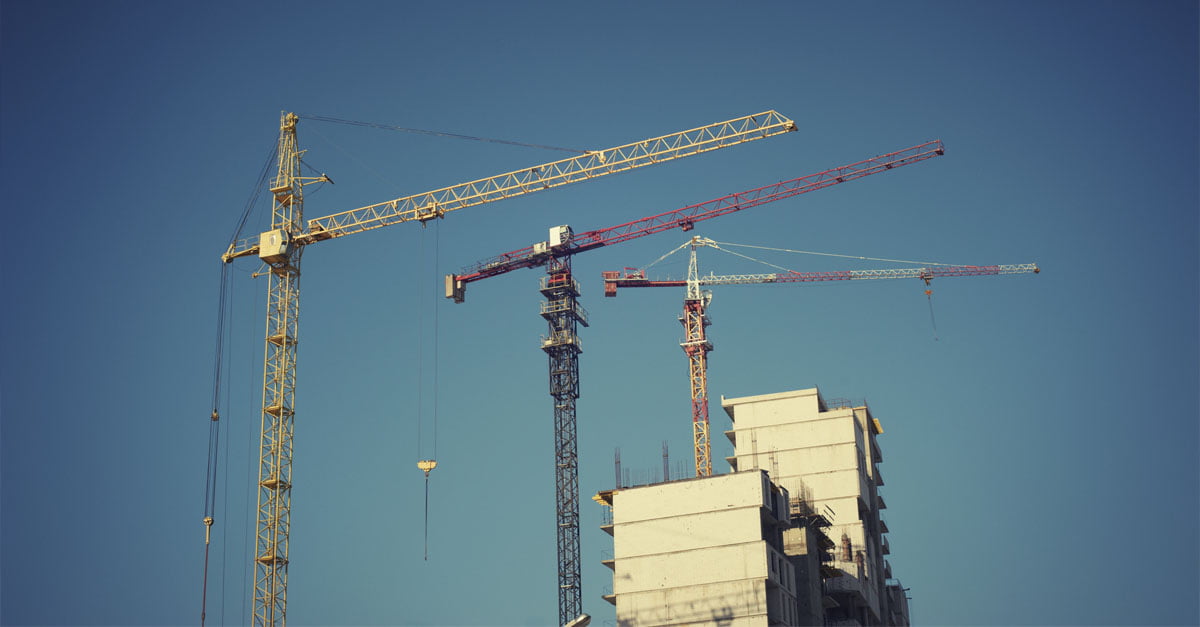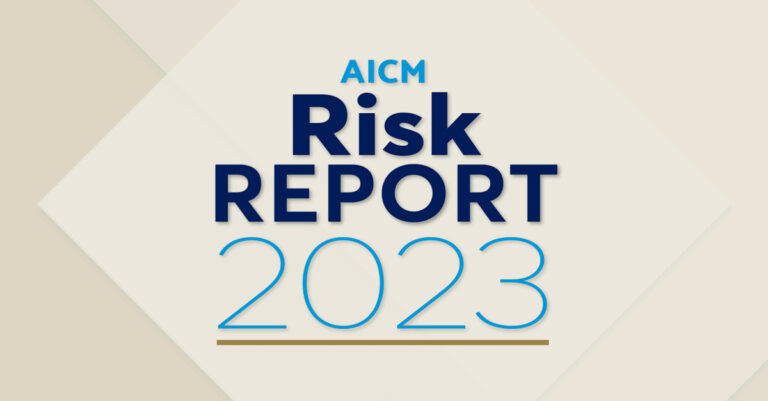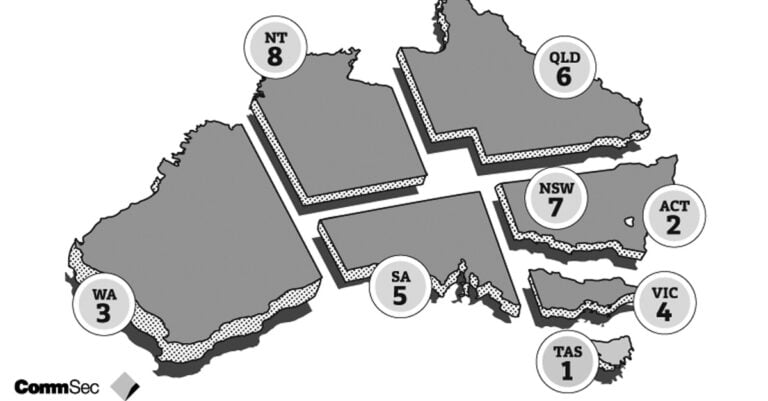
CREDIT INSIGHTS
ACIF forecasts highlight industry is still being impacted by COVID-19

Australian Construction Industry Forum (ACIF) forecasts published today outline that COVID-19 and the measures that have been taken to control its spread, have sent the message to hold or defer many new building projects.
The ACIF Forecasts highlight that work done will fall again this year, decreasing 3.2 per cent over 2020-21. This is expected to drive the loss of 42,000 jobs in construction – mostly in Victoria, New South Wales, and Queensland.
Sectors that have been directly affected by lockdown measures are facing the largest declines. Over 2020-21, building work completed is forecast to fall in Accommodation (down 34 per cent), Entertainment and recreation (down 23 per cent), Retail/wholesale trade (down 17 per cent), Education (down 11 per cent), as well as Health and aged care (a fall of 4 per cent).
Chair of ACIF’s Construction Forecasting Council, Bob Richardson, said cash is king in a time of uncertainty and many planned building projects are on hold or deferred indefinitely.
“We haven’t seen much growth in new major projects to make up for the work being finished now. The pipeline of new projects in some sectors is drying up,” Mr Richardson commented.
The downturn that was already underway in Residential Building will also be a drag on work done in the forecasts. The ACIF notes that the downswing in the construction of apartments in inner-city Melbourne and Sydney is ‘nearly impossible to avoid this year’.
This will involve a second year of double-digit decline for New Other Residential building in 2020-21.
Areas of some growth
There are some activities that are expanding to meet increased demand; the pandemic has accelerated surging e-commerce and supply chains are being reconfigured and rebuilt.
As a result, Industrial and Other Commercial building activities are expected to sustain strong growth and the value of work done this year is projected to grow by between 4-6 per cent.
Deputy Chair of ACIF’s Construction Forecasting Council, Nerida Conisbee, said while there are continued challenges in many sectors, industrial property is showing strong resilience and as a result construction activity remains comparatively strong.
“High levels of Government spending is also good news for infrastructure,” she added.
Federal and State Governments have stepped up their infrastructure development plans, focusing on smaller, shovel-ready initiatives. Construction work on Bridges, railways and harbours is expected to rise by 15 per cent.
Work done in Water and sewerage as well as Electricity, pipelines are expected to surge by more than 20 per cent this year if governments are able to translate announcements into action.
Building and Construction Employment
The ACIF states that employment in building and construction fell to an estimated 1.17 million jobs over the year to June 2020.
This accounts for 9.6 per cent of total employment across the Australian economy at the end of 2019-20.
The projected decline in activity will drive deeper job losses of around 3.6 per cent of building and construction jobs, accounting for around 42,000 job losses.
Recovery is on the horizon
The revised forecasts factor in a rebound in 2021-22, lifting building and construction work by 2.3 per cent to $230 billion.
An eventual upturn in residential building and engineering construction is anticipated to drive the recovery.
ACIF’s Chief Forecaster from FTI Consulting, Kerry Barwise, stated that the drop-off in residential building approvals has stabilised and it’s already hard to find a builder in some capital cities.
“Residential building will claw its way back next year. House building will be the first out of the blocks. Apartments will take a while to rebuild in numbers and value. The fortified infrastructure spending plans advanced by governments around Australia will take a while to fully kick-in, and we will see a hefty lift when they do,” she said.
Article from ACIF – November 5, 2020







